Perfect family home in sunny Florida.
The owners were concerned that this previously tenanted property will not show well.
The owners were ready to borrow money to remodel the place but got lucky when a friend had pointed them our way.
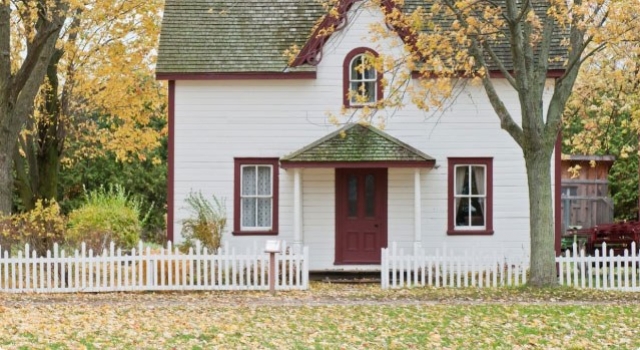
Older properties can be hard to sell as they are, which is why demolition is often the go-to solution for hundreds of thousands of residential homes every year. But it’s a costly trade-off.
1. Everything in the house - like carpets, fixtures and furniture - gets thrown out.
2. Energy and waste get produced during demolition.
3. Even more energy and waste are produced during the new property construction.
This ends up pouring millions of tons of CO2 into our atmosphere and millions of tons of waste into our landfills every year.
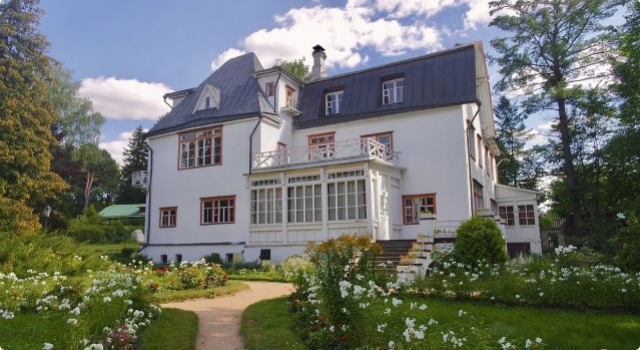
It might seem easier to demolish a rundown historical building than trying to sell it. Or you do sell it as is, only to watch someone else come in and do the demolition anyway.
Here’s the problem with that:
The process of tearing down an old structure and building a new one generates 80 tons of CO2.
Then there’s the cost of failing to preserve our historical buildings. 9 times out of 10, old houses have the structural integrity needed for renovation. So, demolition is not only unnecessary, it causes a lot of irreversible damage.
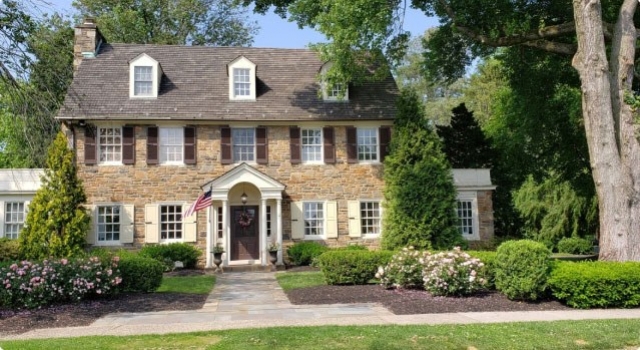
While many owners believe that renovation helps increase the value of the property, they’re more likely to lose money on it. That’s not the only reason you should steer clear of this option. One owner’s personal tastes are bound to differ from another’s. And that means your renovation is likely to get thrown out and replaced by one the new owner wants. Double renovations are terrible for the environment.
In the U.S. alone, over 800 million tons of construction waste is generated every year. That’s twice the amount of solid waste generated by all its cities and towns. Plus, more renovations means more resource and mineral extraction for materials manufacturing.
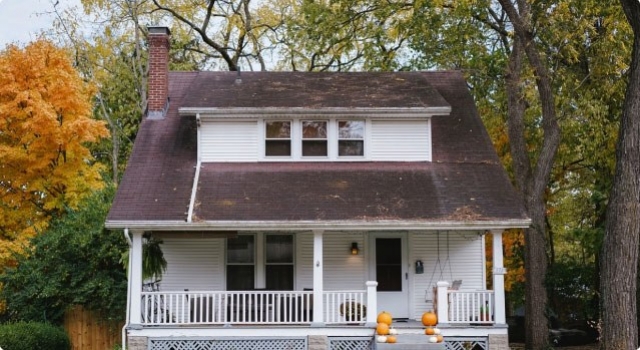
Although an older property may be structurally sound, it’s going to need some work when it comes to energy efficiency. Take, for instance, the fact that many older homes were built with natural cooling in mind. That’s certainly one of the reasons why we want to preserve older structures as much as possible. However, with a new HVAC system and proper insulation, these older homes can become just as energy efficient as homes built today. Studies show that renovations that prioritize energy efficiency benefit everyone:
Improved efficiency reduces energy consumption by up to 20%.
Homeowners save hundreds of dollars in energy costs every year.
Virtual renovation allows us to enhance the existing efficiency features of a home with modern windows, appliances, fixtures and heating and cooling systems.
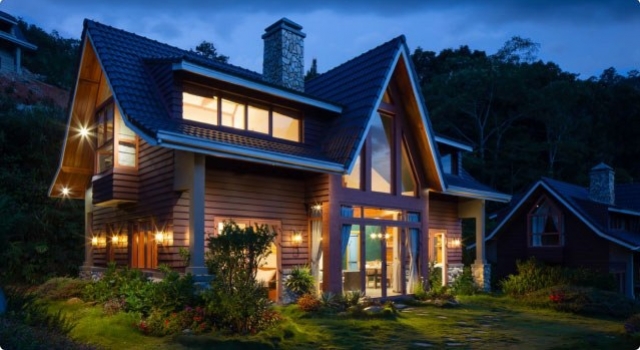
New home renovation projects can do a lot of environmental harm if they’re not well-planned. A lack of a plan increases the incidence of errors. And what happens when a mistake is made during renovation? The materials that can’t be salvaged get thrown out. What’s more, if the plan doesn’t call for environmentally friendly materials, not only does the production of these materials contribute to pollution, but any waste created by them will as well. You also have to factor in the location of the building supplies.
If they’re not locally sourced, transporting them will increase energy emissions as well as the cost to homeowners. In order to turn a renovation project into a win for all, WOWZLER® creates an environmentally-friendly custom design project.